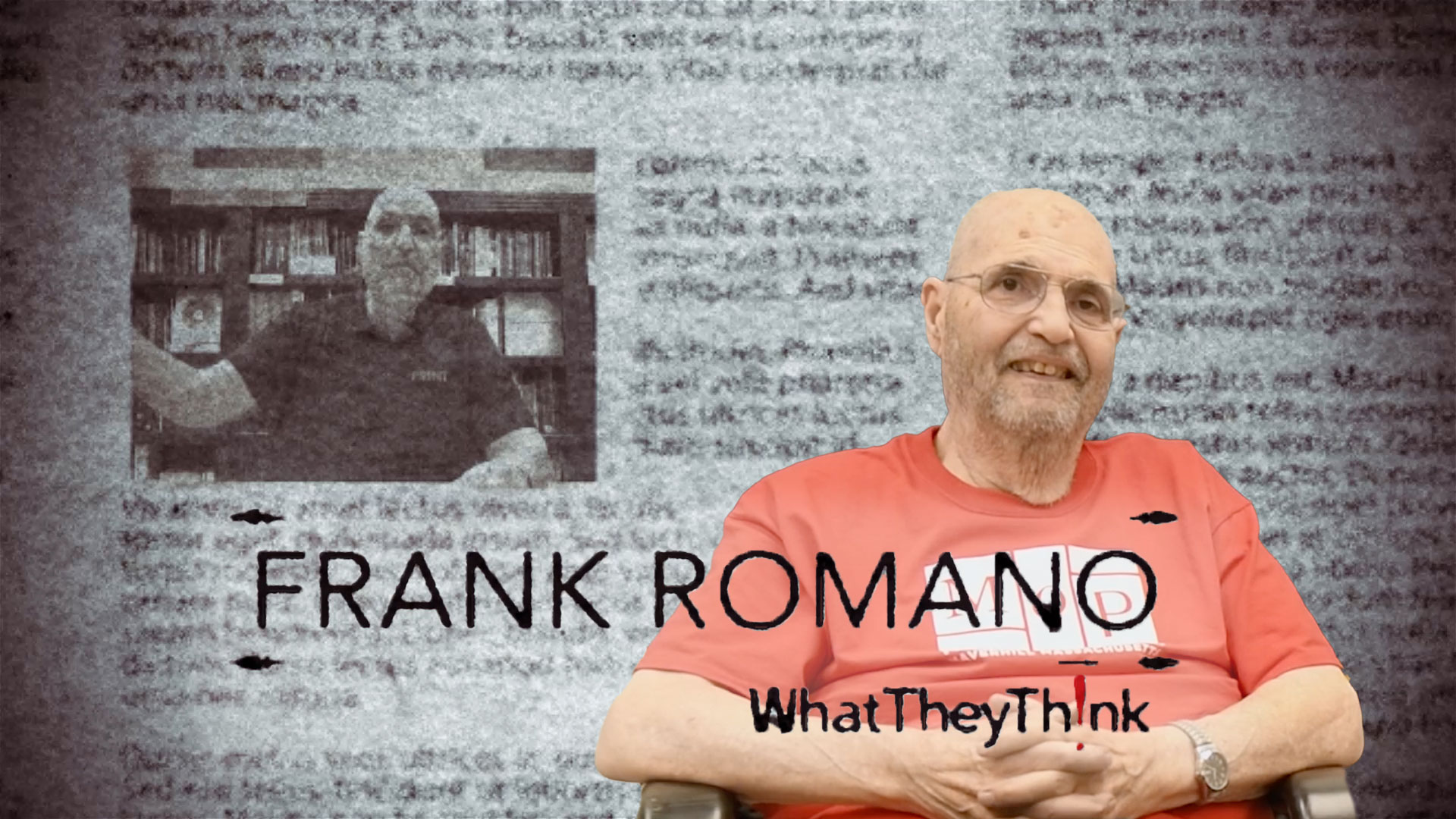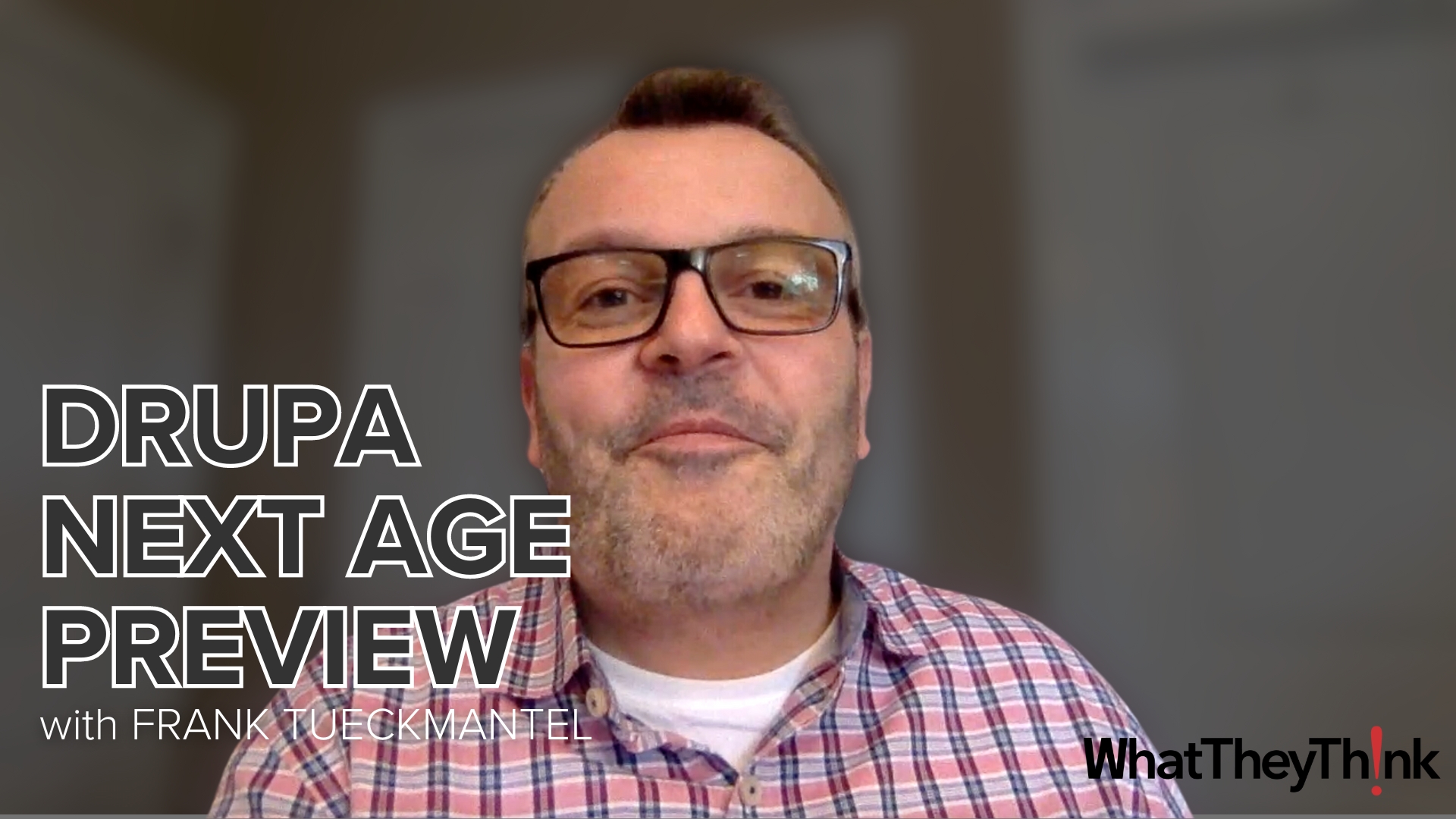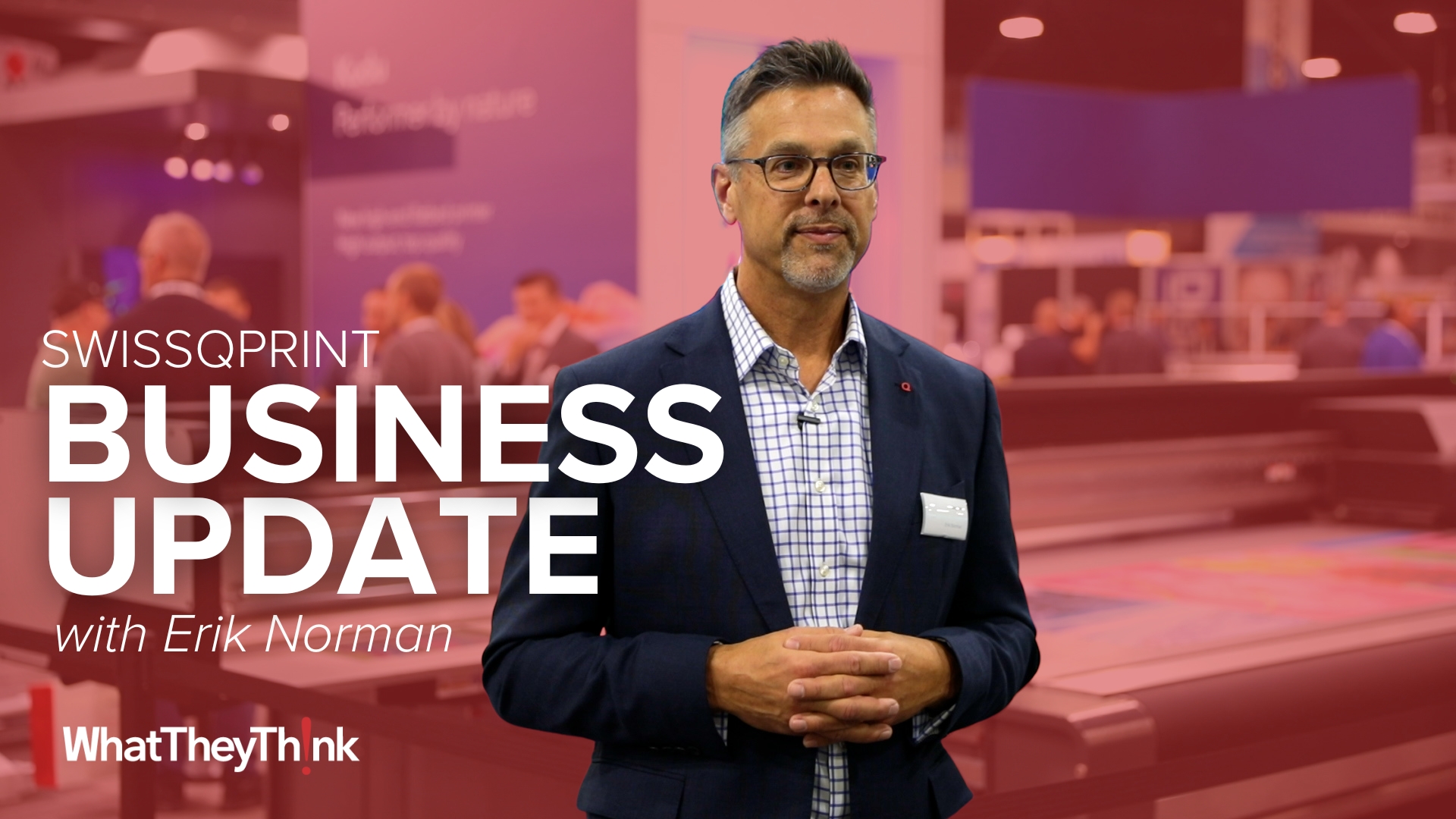Xerox Scientist Creates 'Color Language' Making Color Matching As Easy As Describing A Color
Press release from the issuing company
KANSAS CITY, Mo., April 30, 2007 – Anyone familiar with a box of crayons can describe the color “carnation pink” but how many people can make that color appear “correctly” on a document or on a computer display?
Xerox Corporation scientists are developing a new technology to make adjusting colors in a document as easy as simply describing the color. Users can type “make the sky a deeper blue” or give a voice command “make the background carnation pink” and the software does the work. The invention, still in the research stage, creates “color language” by translating human descriptions of color into the precise numerical codes that machines use to print color documents.
“Today, especially in the office environment, there are many non-experts who know how they would like color to appear but have no idea how to manipulate the color to get what they want,” said Geoffrey Woolfe, principal scientist in the Xerox Innovation Group. “You shouldn’t have to be a color expert to make the sky a deeper blue or add a bit of yellow to a sunset.”
Yesterday, at the 2007 Annual Meeting of the Inter-Society Color Council (ISCC), Woolfe described his work in a paper called “Natural Language Color Editing.” Xerox has filed for patents on the technology.
Woolfe’s discovery means that color adjustments could be made on devices like color office printers and commercial presses without having to deal with the mathematics. For instance, cardinal red on a printer or monitor is really expressed by a set of mathematical coordinates that identify a specific region in a three-dimensional space, which is the gamut of all the colors that the device can display or print. To make that color less orange, the color expert distorts (morphs) that region to a new region in the gamut.
The ability to use common words to adjust color would have far-reaching implications for non-experts as well as graphic artists, printers, photographers and other professionals who spend a significant amount of time fine tuning the colors in documents.
Woolfe focused his research on common human descriptions of color. He found common words used to distinguish different shades and colors could be mapped to the technical language of color created by engineers and used in devices like color office printers and commercial presses.
“The innovative part of this is the mapping language,” Woolfe said.
Although still in the early research stage, Woolfe’s invention could be applied in many different ways. Add voice commands to the technology, and one could literally “tell” a computer to “punch up the magenta” in a bouquet of flowers. Or office printers could be commanded to print colors a certain way (“when printing green, make it more of a teal green”). It also would have many uses in digital printing – making it easier for print providers to communicate with their customers.
“In the end it’s all about usability,” Woolfe said. “Color is so prevalent today, you shouldn’t have to be an expert to handle it.”
The Xerox Innovation Group conducts work in color science, computing, digital imaging, work practices, electromechanical systems, novel materials, linguistics, work practice analysis and nanotechnology connected to Xerox’s expertise in printing and document management. For more information, visits www.xerox.com/innovation.
Video Center
- Trigger Fresh Ideas in Customer Interviews
- MEGNAJET’S FLUID MANAGEMENT SYSTEMS SUPPORT C-MARX GROWTH
- Kyocera Belharra Photo Printing on the Road to drupa
- Summary of Drupa 2024 inkjet announcements Production Print
- Inkjet driving insourcing for state in-plants
- Real World AI for the Printing Industry
- Harnessing the Power of Synergy: HP High Speed Inkjet and Indigo Liquid Toner Technologies
- KYOCERA NIXKA INKJET SYSTEMS (KNIS) INTRODUCES BELHARRA, THE NEW WAVE OF PHOTO PRINTERS

WhatTheyThink is the official show daily media partner of drupa 2024. More info about drupa programs
© 2024 WhatTheyThink. All Rights Reserved.








